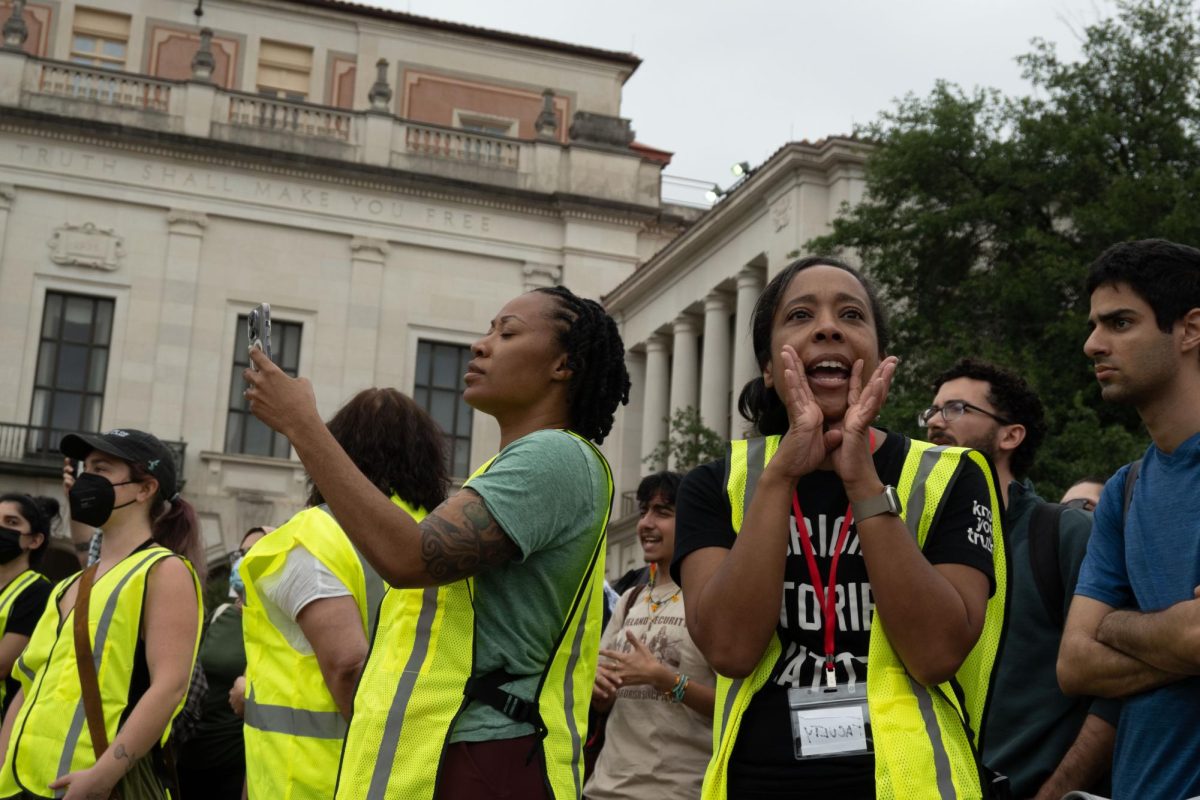TOKYO — Japan’s economy minister said Monday two nuclear reactors tentatively met government safety standards even though completing improvements will take several years, paving the way for final approval for their startup soon.
All but one of Japan’s 54 reactors are offline for regular safety checks, and the last will be shut down in May. Residents fear another disaster like the Fukushima crisis, but Japan faces a severe power shortage if reactors are not restarted.
The government issued new safety guidelines last Friday to address residents’ worries. In response, Kansai Electric Power Co. submitted its safety plans earlier Monday for two reactors at the Ohi plant in Fukui prefecture, saying the full upgrades will take up to three years.
Hours later, Economy and Industry Minister Yukio Edano said the two reactors at the Ohi plant “more or less met our safety standards.”
Edano said the Nuclear and Industrial Safety Agency said that the Ohi reactors’ past safety upgrades since the Fukushima crisis alone could provide enough safety margins and protections to keep reactor cores from melting even in the event of a similar earthquake or tsunami.
However, more than one-third of the necessary upgrades on the list are still incomplete, utility officials said.
Filtered vents that could substantially reduce radiation leaks in case of an accident threatening an explosion, a radiation-free crisis management building and fences to block debris washed up by a tsunami won’t be ready until 2015.
Tadahiro Katsuta, a Meiji University associate professor who was on a government panel that produced nuclear safety recommendations, said the upgrades completed are “mostly quick-fix measures,” and that more important ones, such as a crisis management center, have been put off.
“I doubt if this would suffice to carry out the lessons from Fukushima in the case of another accident,” Katsuta told public news NHK.
Starting up the reactors would usually take one or two days after approval is granted, but it is still unclear how long it would take in this case. Edano is expected to visit the region to request a startup and gauge public reaction.
Local consent is not a legal requirement for restarting the reactors, though government ministers are unlikely to force if the mood is strongly against it.















